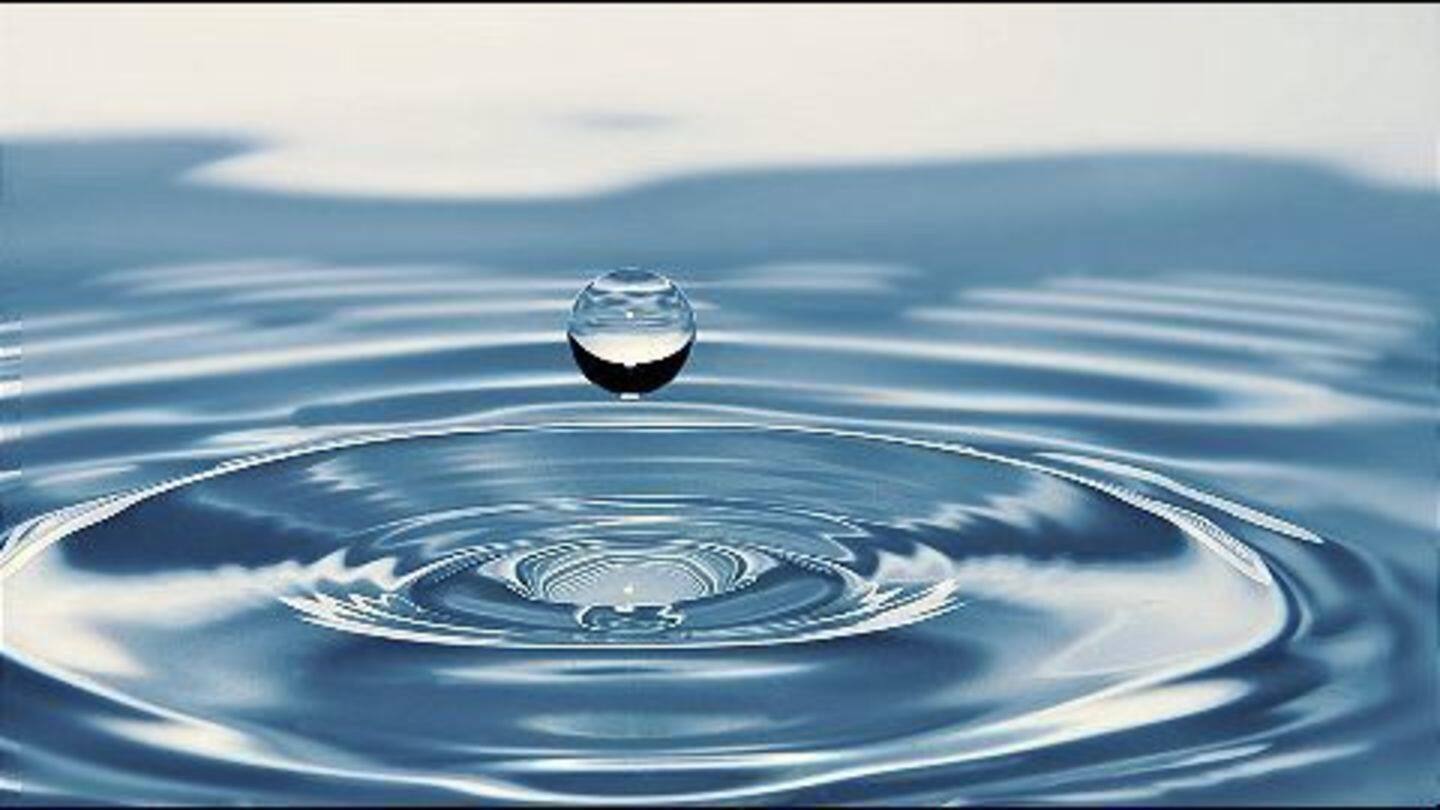
BARC develops desalination plant using nuclear energy
What's the story
In a first, BARC scientists successfully devised a method to produce cheaper drinking water from sea water; BARC also designed low-cost membranes to purify water. A water desalination plant was developed at Kalpakkam, Tamil Nadu, where nuclear energy was used to desalinate sea water. PM Modi visited the facility and congratulated the researchers; he even tested a bicycle-purifier, which produces potable water when pedaled.
Introduction
What is BARC?
Bhabha Atomic Research Centre-BARC is a major Indian nuclear research facility, which covers several disciplines like engineering, science, and other concerned areas. On 3 January 1954, BARC was formed with an aim to maintain and support the peaceful application of nuclear energy especially for generating power. It runs several facets of nuclear power generation like designing, modeling, simulating, analyzing risks, developing/testing of fuels, etc.
Personal
BARC conducts research in several fields
BARC operates several research reactors across India; it also does research on the processing of used fuel, safe disposal of nuclear waste, industrial isotope application, agriculture, biotechnology useful for civilians, medicine, etc.
25 Feb 2014
Research to aid the common masses
BARC scientists had stated that they were carrying special research for the benefit of common people. They explained how gamma rays could be used to disinfect and preserve foods, fruits and vegetables to extend their shelf-life. They even explained about using microbes to recover heavy metals, using radioisotopes to detect problems in human bodies and treat cancer, using nuclear technology to produce biogas, etc.
21 May 2015
Technology that can purify sewage waste
BARC devised four technologies that could keep the uncontrolled municipal waste, polluted water, and sewage waste under control. Reportedly, the scientists at BARC had developed technologies which use the gamma rays to clean the municipal waste or sludge. The method enables the usage of sludge to prepare organic fertilizers used in agriculture as the sludge contains nutrients like potassium, zinc, iron, copper, etc.
Personal
Only one-third of sludge gets cleaned
According to official records, cities and towns in India generate about 38,254 million liters of sludge in a day, of which only one-third gets cleaned.
25 Oct 2015
Radiation that can save lives
BARC scientists successfully harvested a unique form of cesium using the highly radioactive waste generated in atomic power plants. Reportedly, this rare form of cesium could be used to sterilize blood and save lives; interestingly, the radioactive form of cesium could also clean the river Ganga. Sekhar Basu, Chairman-Atomic Energy Commission, stated that 'Cesium-137' was used commercially for the first time in the world.
Personal
A new variety of the red gram
In Mar'16, BARC had developed and tested a new variety of the red gram in Salem successfully. The new variety was called 'TT-401'. Scientists said that 'TT-401' is expected to give better yield compared to the traditional type.
15 Apr 2016
BARC bucket can produce compost from domestic waste
Scientists at BARC had announced that they were about to launch a project that would use a bucket to turn domestic waste into compost in two days, reducing the problem of waste-dumping. 'Nisargadoot'-the chemically-treated bucket with bacteria could turn 1 kilogram of biodegradable waste into compost within two days. A large-scale Nisargadoot version could turn four tonnes of garbage into 100-kilogram-manure and 60-kilogram-biogas daily.